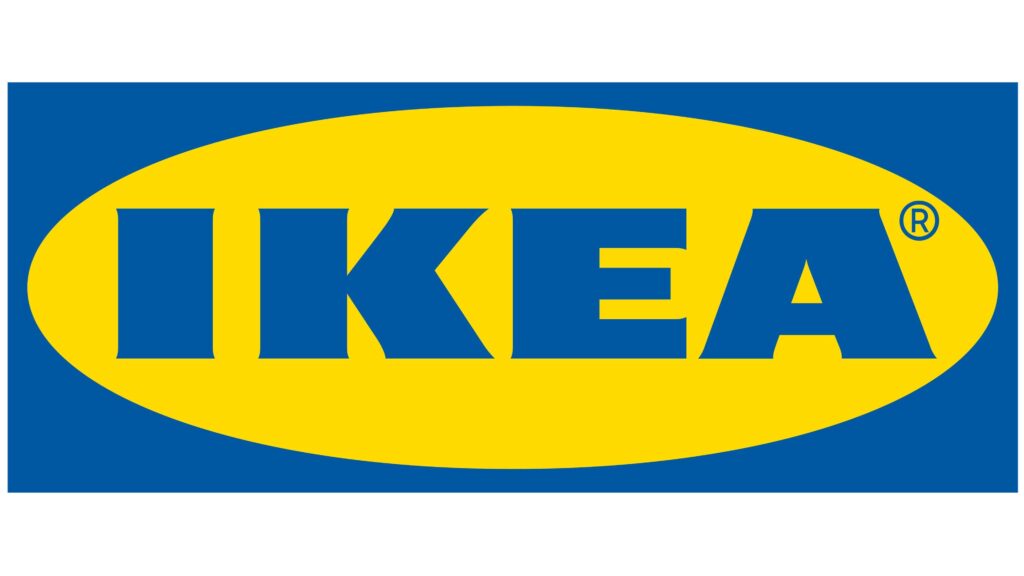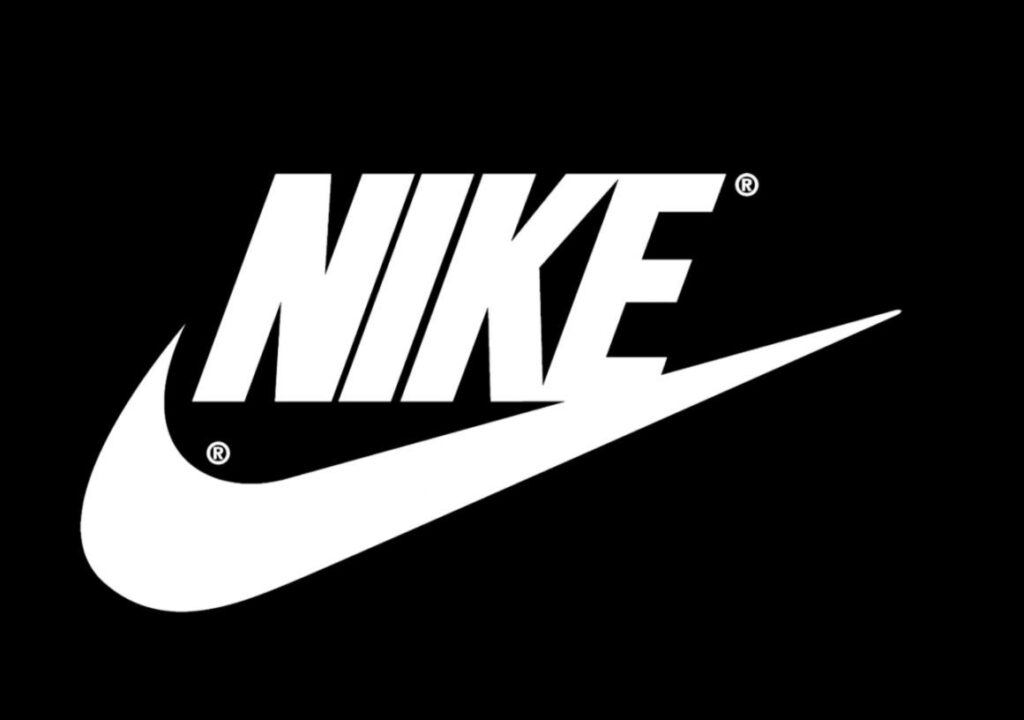The world of marketing is evolving and so are the engagement tactics. Storytelling has become a crucial part of establishing and sustaining a brand’s identity. This article talks about the benefits of storytelling in brand marketing and how to create an amplified branding campaign with the power of a good story.
According to a recent study, people remember stories 22 times more than facts and figures, thus boosting the conversion rate by 30%. Stories help a brand build a deeper and more rooted connection with its audience. They add a sensible human touch to the brand, compelling people to buy their product. Let us start by understanding the science behind storytelling and why it is taking over traditional marketing techniques.
Engagement vs Interruption Brand Marketing

The traditional advertising or interruption marketing technique ruled for decades before falling to the ground. According to the 2019 Edelman Trust Barometer Special Report on trusted brands, 3 out of 4 people avoid advertising. Marketing the product while interrupting the customer to talk at them through one-way conversation makes people feel detached from the brand.
Engagement marketing or storytelling, on the other hand, has the power to gain a customer’s trust and loyalty. The same study also suggests that 81% of people consider trust as the deciding factor while purchasing a product. Sharing the brand’s story showcases confidence and vulnerability and engages the audience in a more authentic and trustworthy relationship.
The Benefits of Storytelling
Sharing the brand’s story across all touchpoints is the easiest and most efficient way to capture the customer’s attention. As per a study conducted by Headstream on the impact of a good story, 55% of people are more likely to buy the product in the future, 44% will share the story instantly and 15% of people buy the product immediately.

The following are the benefits proving that storytelling amplifies the brand marketing strategy:
- Unique brand identity: Storytelling highlights the traits that make a brand unique for customers. It engages and includes the audience with the brand’s vision and tells them why it’s different.
- Creates a loyal customer base: Sharing the brand’s story demonstrates transparency. It enables a customer to trust the brand’s intention and integrity and stay faithful to it.
- Targets right audience: Demonstrating the brand’s values through effective storytelling enables customers to align themselves with the brand’s unique selling proposition.
- Relevant content marketing: Instead of creating vague campaigns for each product launch, the brand saves time and resources by creating meaningful content around its unique story.
How and Where to Start Brand Marketing?
Having an authentic brand story is the first and crucial step to devising an efficient engagement marketing strategy. The key pointers to consider while creating your brand’s own storytelling design are:

- Defining the brand: Start by being vocal about the brand’s purpose, vision, mission and values. Create a strong foundation by defining brand transparently. It enables customers to see the logic and design pattern behind each product.
- Telling a strong brand story: As per a recent market study, 92% of people want advertisements that tell a story. Understand the science behind storytelling and create a strong brand story for the audience. It will increase the levels of Oxytocin which is a hormone that promotes the feeling of love, bonding and well-being in our body.
- Relevant branding: Make sure that the content is branded with the right impact, effective communication, consistency, and a strong connection with the audience. Identify your brand’s voice, personality, and visual identity. It empowers the marketing and content teams to create relevant branded strategies and content.
- Finding inspiration: Connecting and collaborating with other brands is the key to finding inspiration for a good story. Let’s see some of the amazing brand stories that have successfully captured a loyal customer base.
Brilliant stories by renowned brands
Brands around the world are extensively using compelling stories to market their products and attract the target audience.
IKEA Brand Marketing: Using humor for promotion in Singapore

IKEA Singapore uses comic scripts and hilarious puns to demonstrate practical storage, furniture, and home solutions. Their recent advertisement features a couple discussing the lack of space in their bedroom, followed by the appearance of IKEA’s Shelf-Help Guru with the solution in the form of IKEA’s Pax wardrobe, Malm drawers, Komplement interior fittings, etc. The story ends with the power line “Begin your journey of shelf discovery”.
The story is relatable and interesting, making the content compelling and attracting buyers to find their home solution at IKEA.
BACARDÍ Brand Marketing: Celebrating the culture through music

BACARDÍ, the largest spirits company in the world, is using music to connect people with their culture. It develops a sense of belonging and creates a celebratory environment that stays in people’s minds for a long time. Their recent video Sound of Rum: Dancehall Kings & Queens shares the story of vibrant dance culture in Jamaica and how it has been adopted across Europe.
Land Rover Brand Marketing: Inspiring stories from real people

Land Rover celebrated their 70th anniversary by taking everyone to the Land of Land Rovers, a village in the remote area of the Indian Himalayas. The video features the local drivers from the village who rely on 1957 Land Rover vehicles for transportation and connectivity between two small villages, Maneybhanjang and Sandakphuand.
This campaign reminded everyone that the best brand stories come from the customers and fans.
Huggies Brand Marketing: Using data to create a touching story

The global diaper brand Huggies created a campaign named No Baby Unhugged. The video showcases a mother hugging her newborn baby in the hospital with the power line “Hugs strengthen your baby’s immune system, they promote weight gain and improve brain development”.
The brand used the research and data to prove that hugs help stabilize babies’ vital signs, ward off illness, and promote brain development.
Nike Brand Marketing: Web series to connect with the audience

Nike created an eight-part mini web series to connect with the younger audience. The series is named Margot vs Lily and features two sisters challenging each other to make a fitness web show and gain followers. The brand’s investment in real content inspired customers to exercise and live a healthy life. It connected with the audience’s personal fitness journey.
Methodology of Storytelling in Brand Marketing
Storytelling is a formidable tool for brands, allowing them to forge emotional connections, instill trust, and communicate their values effectively. Brands can harness the strength of storytelling in diverse ways, including:
1. Crafting a Compelling Brand Story:
- Developing a narrative intricately weaves the brand’s mission, values, and journey. This storytelling approach ensures relatability and leaves a lasting imprint on the audience.
2. Integration Across Marketing Channels:
- Seamlessly incorporate storytelling into various marketing channels, such as social media, websites, and promotional materials. This multi-platform strategy enables brands to communicate their narrative widely and engage with their audience effectively.
3. Showcasing Customer Stories:
- Feature authentic customer experiences and success stories. This builds credibility and serves as a tangible testament to the brand’s impact and effectiveness.
4. The 4 Ps of Storytelling:
- Emphasize critical elements like People, Place, Plot, and Purpose in crafting a compelling brand story. This approach ensures the narrative remains relatable and engaging, creating a deeper connection with the audience.
5. Highlighting Conflict and Mission:
- Present the brand’s challenges and conflicts and the overarching mission that propels it forward. This narrative tactic inspires and motivates, showcasing the brand’s resilience in the face of adversity.
6. Authenticity as a Foundation:
- Be transparent and authentic in storytelling. Share the successes, challenges, and failures encountered by the brand. This openness creates a genuine connection with the audience, establishing trust and credibility.
Conclusion
Storytelling is the most crucial concept of brand marketing, and more brands are now incorporating this into their strategy. From retail industry to the wholesale market and other sectors, conveying the message The story may be a brand’s own or generated from its customers. Still, it has the power to connect with a real audience and establish a strong brand presence. More practical and creative ideas can be adopted for sharing a conventional brand story in the future, such as:
- Mini advertisement
- Data-driven storytelling
- Stories sourced from customers
- Immersive podcasts
- Visual representations
- Long-form storytelling
- Storytelling through digital realities
- Personalized storytelling